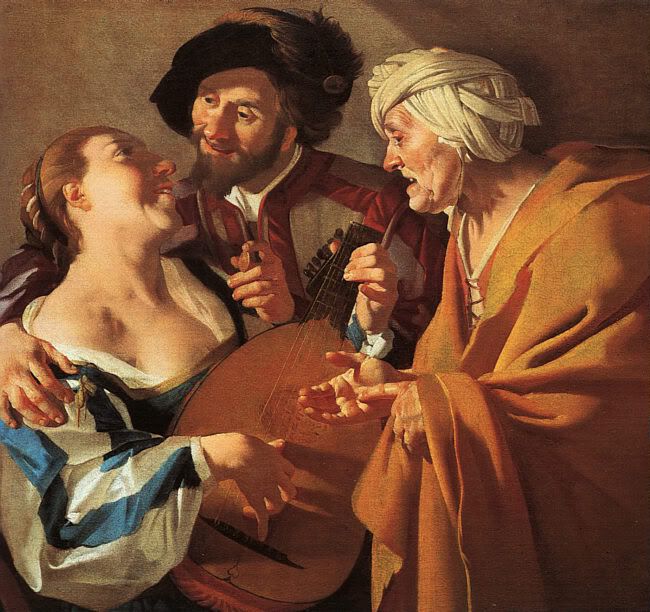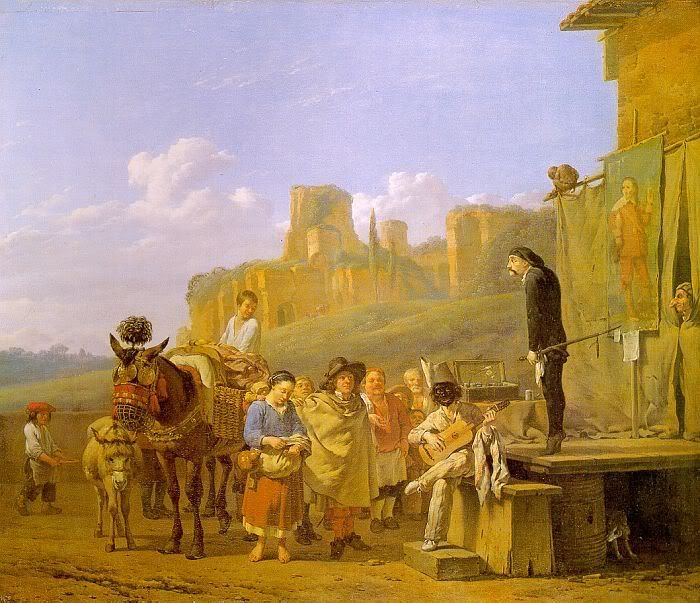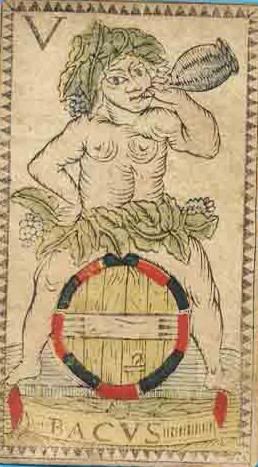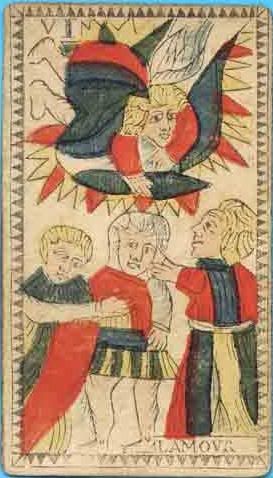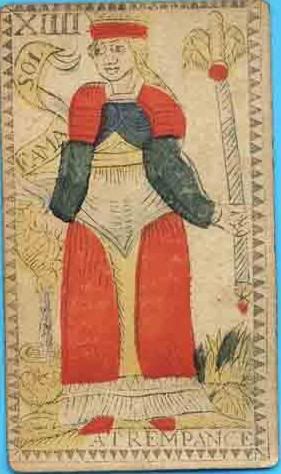Wendywu
Thanks Kwaw - that's a really helpful and informative post  . I'm another who likes this deck very much; I had it once and foolishly let it slip away from me. I plan on getting another copy because I love the cardstock and the images.
. I'm another who likes this deck very much; I had it once and foolishly let it slip away from me. I plan on getting another copy because I love the cardstock and the images.
"The Bentvueghels (Dutch for "Birds of a Feather") were a society of mostly Dutch and Flemish artists active in Rome from about 1620 to 1720. They are also known as the Schildersbent ("painters' clique").
"The members, which included painters, etchers, sculptors and poets, all lived in different parts of the city (mostly the parishes of Santa Maria Popolo and San Lorenzo in Lucina in the north of the city) and came together for social and intellectual reasons. The group was well-known for its drunken, Bacchic initiation rituals (paid for by the initiate). These celebrations, sometimes lasting up to 24 hours, concluded with group marching to the church of Santa Costanza, known popularly at the time as the Temple of Bacchus. There they and made libations to Bacchus before the porphyry sarcophagus of Constantina (now in the Vatican Museums), which was considered to be his tomb because of its Bacchic motifs. A list of its members may still be seen in one of this church's side chapels. This practice was finally banned by Pope Clement XI in 1720.
http://en.wikipedia.org/wiki/Bentvueghels

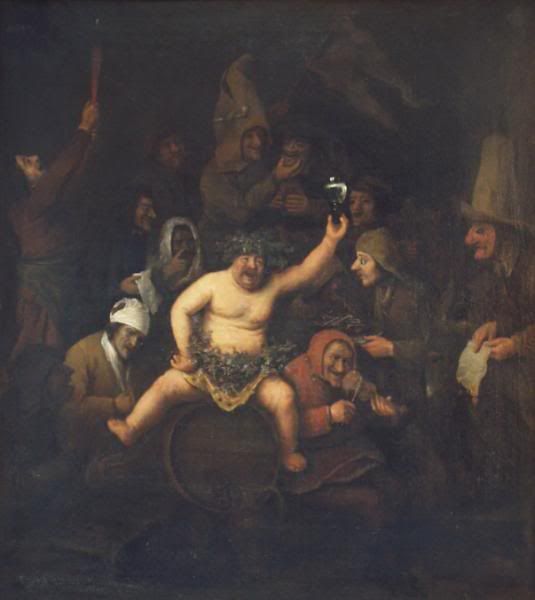
"Stylistically, the Bamboccianti, or “Bent” artists, were generally known for their
small scenes of life depicting the city’s lower classes and for the cues they took from
Caravaggio’s realism. They were, however, even more famous for their ritualistic
drunken revelry.
"Their group affiliation (Schildersbent translates as “painter’s clique”) was
based largely on the rites and rituals they held, including elaborate initiation
ceremonies and feasts that all featured elements of Bacchic worship, but moreover,
bacchanalian excess. Every time a new member arrived from the North, the group
held indulgent, often multi-day initiations called “baptisms.” Images of the actual
induction ceremony (Figure 52) depict the newcomer crowned with ivy and stripped
down to a loincloth to resemble Bacchus. Quite often, the initiate is shown sitting
astride a wine barrel while other members gather around in drunken revelry. The new
members were given “Bent” nicknames like “Biervliech” (meaning “beer fly,”
Baburen), “Batavier” (van Hoogstraten) and “Satyr” (Poelenburgh). The ceremony
was officiated by a Bent “priest,” though the implied mocking of holy sacrament was
deemed so blasphemous by Roman society that it was condemned in 1669 and
eventually banned by papal decree in 1720.
The Elevation of 'Madness'
"Dutch artists did, in fact, have a reasonable explanation (some might say
excuse) for drinking. Moral perils aside, since classical times, alcohol—specifically
wine—had been attributed with the power to alight creativity. The idea derives from
classical sources, most importantly the writings of Horace (and later Ovid), who
promoted the idea in his Epistles that wine could induce a type of frenzy much like a
“divine madness” inspiring artistic creation.
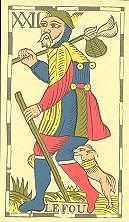
https://drum.umd.edu/dspace/bitstream/1903/7720/1/umi-umd-4997.pdf
